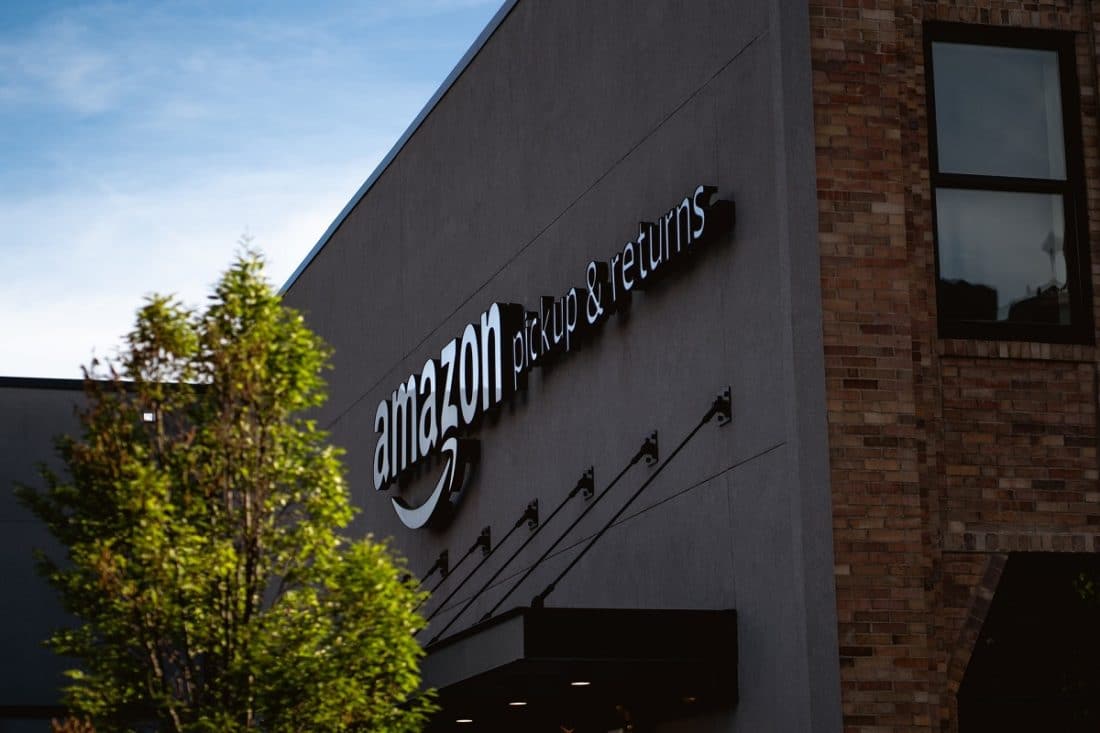Kiddie pool that doesn’t look quite “on brand” for $1,749? Hand sanitizer with a questionable product name for $92? Price gouging and counterfeit goods are running rampant right now as certain consumer products and PPE remain hard to find. The biggest target? Amazon, of course.
By the early stages of the Covid-19 pandemic, Amazon said it removed more than one million products that made suspect or misleading claims about the coronavirus. Once price gouging hit full force, the company blocked all new offers for face masks, hand sanitizer and disinfecting wipes, and banned the sale of N95 masks to non-business consumers altogether.
But what about consumer goods that are also selling out? Since March, the number of counterfeit detections increased by 38% for apparel, toys, home goods, accessories, and sporting goods. Scammers were already targeting many of these products before the pandemic hit. Pre-Covid-19, it was estimated that, by 2022, counterfeiting would be a $4.2 trillion industry with global damage from counterfeit goods exceeding $323 billion.
What’s Amazon Doing About Price Gouging?
Amazon is at the epicenter of the problem because it’s responsible for half of all online sales in the U.S. The company’s efforts to outsmart scammers haven’t slowed down. It’s been working on enhanced vetting for third-party sellers for months. The verification program initially involved in-person interviewing but shifted to video conferencing amid the pandemic. During each call, an Amazon representative verifies the seller’s ID to determine if they are who they say they are.
But that’s just one crack in a scammer’s armor. Visit the site today, and you’ll see it’s not enough, particularly when it comes to crisis-time price gouging. By Amazon’s own admission, it needs help in that area. The company recently requested that Congress pass a law making price gouging illegal during times of national crisis. Amazon claims that inconsistent state-by-state standards have limited its ability to act. The most recent tactic used by price gougers has been to mark high-demand items as “collectible” to evade Amazon’s pricing controls. Oh, and many of these products are fake, too.
Is There an Alternative for Brands?
This never-ending cycle of unscrupulous tactics is the reason huge brands like Nike and, more recently, Ikea, have stopped directly selling their products on Amazon. Doing so, though, is a big risk for brands—particularly smaller, lesser-known ones. Phone accessory maker PopSockets is a clear example. PopSockets attempted to stop selling through Amazon in 2018 but was drawn back in because of the online marketplace’s unparalleled reach.
“We sell on the Walmart platform, sales are 1/38th of the sales we had on Amazon when we had a relationship,” David Barnett, CEO of PopSockets, testified during a House Judiciary antitrust subcommittee hearing in January. “And Target, it’s even less. These are small fractions.”
Among other complaints, Barnett told the subcommittee there were “enormous amounts of fake products” on Amazon and that, at one point, PopSockets itself was finding 1,000 counterfeits each day. CBNC reports the problem has grown so severe that advocacy groups have called for some Amazon seller pages to be added to the U.S. government’s annual “Notorious Markets” of sites and companies that facilitate the sale of counterfeit goods.
But, as Barrett points out, there’s really no comparable alternative. For many brands, you play ball, or you don’t exist.
Amazon’s Pledge
Amazon has released a series of statements about its commitment to combat price gouging and other scams.
“If we find a price that violates our policy, we remove the offer and take swift action against bad actors engaged in demonstrated misconduct, including suspending or terminating their selling accounts and referring them to law enforcement agencies for prosecution under relevant laws,” the company released in a statement. But is it enough?
In addition to asking for tightened federal regulations on crisis-time price gouging, Amazon also seeks immunity from prosecution for facilitating the sales. Its position is that “pricing prohibitions should apply to the party who sets the price of a product,” and the company touts the extreme lengths it’s taken to help state law enforcement teams identify what it calls the “bad actors.”
And when it comes to counterfeits? Amazon pledges to squash those, too. But with most of its listings run by third-party sellers, the fight remains an uphill battle for now. Independent resources like The New York Times’ Wirecutter and Fakespot are trying to educate and help consumers avoid counterfeit products but, again, the process will take time to catch on.
With counterfeit items now representing 3.3% of world trade, scammers have gained ground. The era of fake products is here, and, thanks to the pandemic, counterfeits plus price gouging have created a perfect storm.
